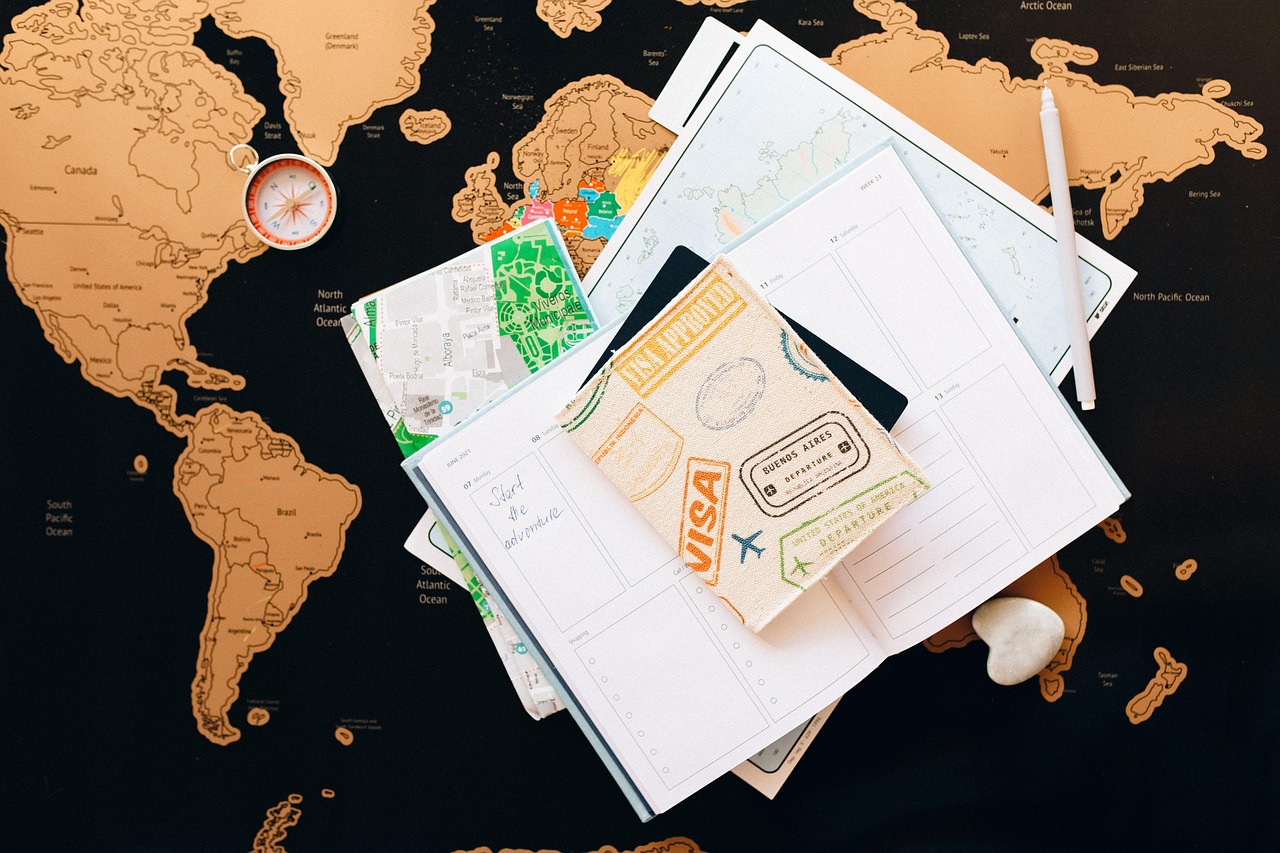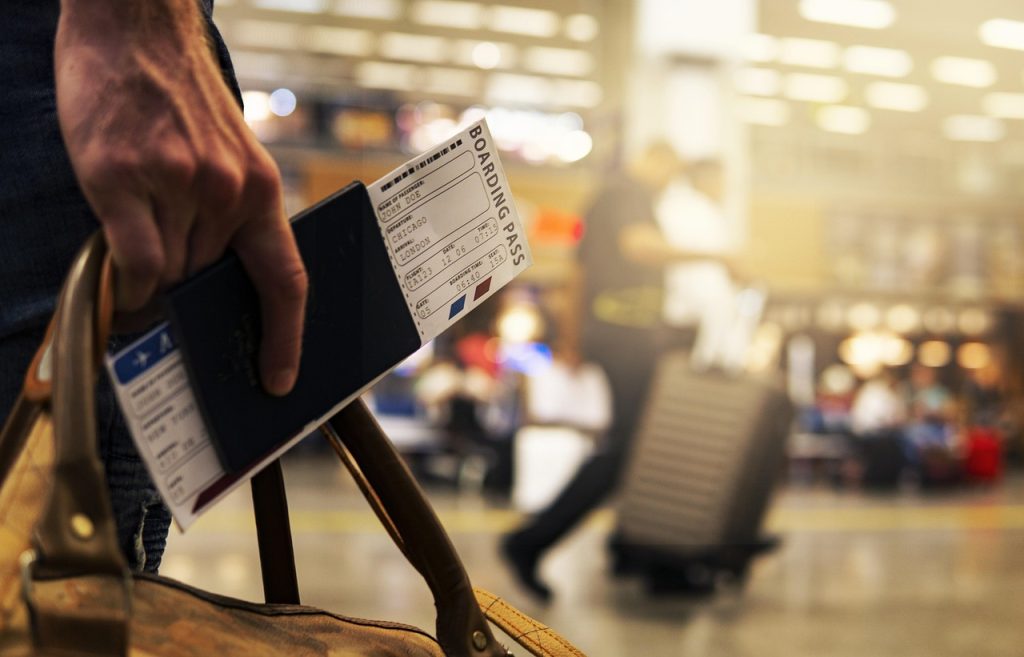
Planning an international trip can feel like a dream, but the excitement may fade once you start crunching the numbers. Between flights, accommodation, meals, and entrance fees, it’s easy to underestimate how much you’ll actually spend. Unexpected costs also tend to appear just when you think everything’s covered.
That’s why budgeting for travel shouldn’t just involve jotting down rough estimates. You also need to take a closer look at how you’ll be spending your money, what tools you can use to manage it, and which financial habits will serve you best. From estimating meal costs to leveraging a travel credit card like the Maya Black credit card for more efficient foreign currency management, smart planning ensures you stay on top of your budget abroad.
To help you feel more prepared and less stressed, here are some practical, easy-to-follow tips for estimating your travel expenses:

1) Research Average Costs for Key Categories
It’s hard to budget accurately when you’re working with vague assumptions. That’s why it pays to do some early research into how much things actually cost in the country you’re visiting. Start by looking into average prices for major spending areas like accommodation, meals, local transportation, and common activities. These categories typically make up the bulk of a travel budget, so getting realistic estimates will give your planning a solid foundation.
Websites like Numbeo, Budget Your Trip, or travel forums on Reddit and Lonely Planet can provide updated crowd-sourced data. You can also check blog posts or vlogs from recent travelers with similar travel styles. If you’re planning to stay in hostels, dine at mid range restaurants, or rely mostly on public transit, focus your research on those price points specifically.
Knowing what to expect before you land helps you avoid budget shortfalls and makes it easier to spot overpriced options when you’re on the ground.
2) Factor in Exchange Rates and Financial Logistics
Even with a well-researched budget, your money can stretch further or fall short depending on how you handle currency exchange. Exchange rates fluctuate daily, and small differences can add up, particularly when making larger purchases.
Before you travel, check reliable online currency converters to understand how far your money will go in your destination. Then, take it a step further by checking how your bank or card provider handles foreign transactions.
Some cards add a foreign transaction fee on top of the exchange rate, while certain ATMs may charge high withdrawal fees. You might also get less favorable rates at airport kiosks or tourist-heavy exchange counters. Using a travel credit card with competitive exchange rates and low fees can be a more cost-effective option, especially if you want to avoid carrying large amounts of cash. A bit of planning here can help you avoid unnecessary charges and make the most of your travel funds.
3) Account for Pre-Trip and Incidental Costs
Some travel expenses don’t fall neatly into your daily budget, but still have a noticeable impact on your wallet. These are the outliers—the costs that often slip under the radar until it’s too late to adjust.
Visa fees, required vaccinations, and travel insurance are common examples that come up during the planning phase. Once you’re on the move, incidental expenses like tips, public restroom fees, bottled water, and small personal items can quickly eat into your funds. Even shopping for souvenirs or snacks deserves some space in your budget if you know you’ll want them.
To avoid being caught off guard, make a separate list for these less obvious costs. Look into country-specific requirements and traveler reviews to get a realistic picture. Giving these extras their own place in your budget can help you stay in control throughout your trip.

4) Utilize Budgeting Tools and Track Spending While Traveling
Knowing your projected budget is one thing; staying on top of it while you travel takes a bit more effort. With new surroundings, shifting routines, and unfamiliar prices, it’s easy to lose track of what you’ve spent by the end of the day. Build a habit of tracking your expenses, even briefly, to make a real difference.
Online budget trackers and apps like TravelSpend and Mint let you organize spending by category, giving you a clear snapshot of your financial activity. If you prefer something more manual, a basic spreadsheet or even a small notebook can work just as well. The key is to log consistently; by keeping tabs as you go, you can adjust in real time, whether that means pausing on non-essentials or rebalancing the rest of your budget.
This kind of awareness empowers you to make smarter financial decisions and stay mindful of your spending as the trip unfolds.
5) Build in a Contingency Fund for Unexpected Expenses
Even the best-laid travel plans can hit a bump. A delayed flight, lost luggage, or a surprise medical bill can quickly throw your finances off track if you haven’t prepared for the unexpected. This is where a contingency fund, a separate amount you set aside specifically for unplanned situations, comes in.
Contrary to a common misconception, this isn’t just about emergencies. You might come across a last-minute day trip, a local market, or a restaurant you didn’t know you wanted to try until you got there. Having a financial buffer allows you to say yes to those moments without throwing off your entire budget.
A good rule of thumb is to set aside an extra 10 to 15 percent on top of your estimated travel expenses. Keep it accessible, but separate from your main funds, to avoid dipping into it unnecessarily. Think of it as a quiet layer of financial protection, ensuring your trip stays flexible and stress-free.
There’s no denying that traveling to another country is one of life’s most rewarding experiences, but it’s much easier to enjoy when your finances are in order. With the right tools, careful planning, and a thoughtful approach to estimating costs, you can avoid the stress of running short. Take the time to apply these tips as you prepare, and give yourself the freedom to focus on the journey, not the receipts.
Please visit:
Our Sponsor


